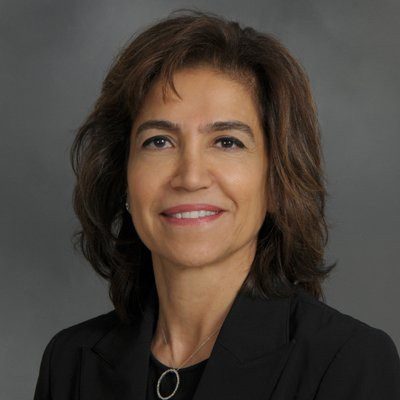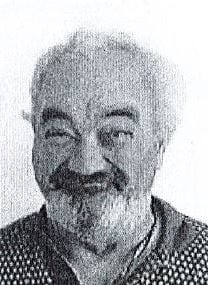Anissa Abi-Dargham, MD, SUNY Distinguished Professor of Psychiatry and Radiology, and the Lourie Endowed Chair of the Department Psychiatry and Behavioral Health in the Renaissance School of Medicine (RSOM) at Stony Brook University, will receive the 2025 Award for Research in Psychiatry from the American Psychiatric Association (APA).
According to the APA, the Award for Research in Psychiatry recognizes a single distinguished contribution, a body of work, or a lifetime contribution that has had a major impact on the field and/or altered the practice of psychiatry.
Dr. Abi-Dargham is being recognized by the APA with the Award for Research in Psychiatry for her distinguished contributions over her career to schizophrenia research, which has had a major impact on the field. She will receive the award at the APA’s annual meeting on May 19 in Los Angeles.
“I am very honored and grateful to receive this award and be able to present the work of many trainees and collaborators I have had the privilege to work with over the course of my career,” says Dr. Abi-Dargham, also Associate Dean and Associate Vice President for Clinical and Translational Science at the RSOM.
“It is a pleasure to work with such talented and dedicated scientists and to contribute to the discovery process,” she adds. “This award is very meaningful, particularly at a time when research is facing many challenges.”
At Stony Brook since 2016, Dr. Abi-Dargham’s clinical and research expertise is in molecular imaging, pharmacology, schizophrenia, and addiction. The broad focus of her research within the RSOM is to advance the understanding of the neurobiology of severe mental illness, with one approach being investigation of molecular markers and their functional significance as measured with multi-modal imaging approaches.
The Setauket resident also oversees a multidisciplinary team with expertise in several types of neuroimaging techniques used in tandem to address important questions about brain mechanisms and schizophrenia.
During the APA annual meeting, Dr. Abi-Dargham will deliver a lecture to the nation’s APA members titled “Misfiring signals: Dopamine Dysfunction in Schizophrenia – From Neural Pathways to Behavioral Manifestations.”








